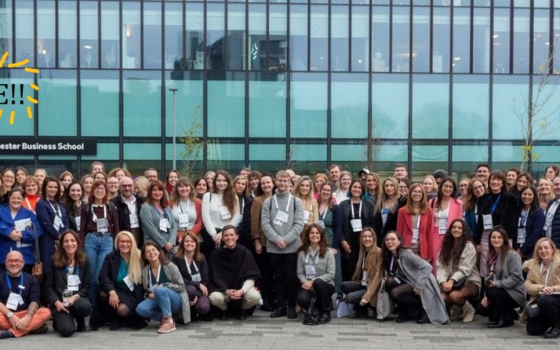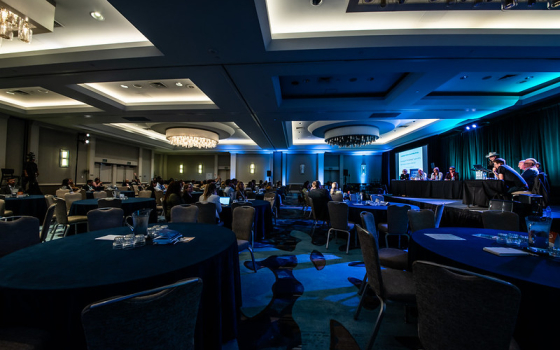Any linguistic project involves many different roles, depending on how complex the project is. In addition to new technologies, teams often incorporate specialist positions. Each team member is in charge of certain specific tasks, and coordination between each one is an indispensable requirement to make sure a linguistic project runs smoothly.
One of the main figures involved is a Solutions Architect, who defines the strategy to be followed in each different stage of the project.
This figure needs to have knowledge of the company’s needs, its technical abilities, existing technology on the market and what the ideal work flow would be to carry out the project with the best possible guarantees. He or she will make an effort to understand you and find a personalised solution for your company. They have an overview of all the projects as a whole, and can see any potential challenges that need to be overcome.
With this knowledge of the situation and the resources available, a Solutions Architect decides how to focus the project in order to offer the best results. This role often tends to coincide with project management.
Integration, technology and cohesion are their main focus points, as this allows them to give all the interested parties what they need.
THE IMPORTANCE OF THIS FIGURE
According to a study carried out in 2009, this position provides several clear advantages. Reducing the likelihood of delivering a project after the deadline or over the budget. They also help improve results and therefore increase client satisfaction.
A Solutions Architect also thinks about the future and detects threats and opportunities. This means providing proactive rather than reactive solutions. In other words, anticipating future problems rather than putting out fires as they appear. They know how to get the most out of the available resources and improve coordination between different teams.
“One of the most widely-held opinions is that developing a strategic plan produces benefits in terms of more effective management, which frees up human and material resources and results in more efficient production, ultimately resulting in better quality of life and work/life balance for members of the organisation” (Lopez, 2000).
HOW DOES A SOLUTIONS ARCHITECT ACHIEVE THIS?
It is a complex position, and they often work closely with the sales team to draw up proposals, as well as working with production teams to build synergies and reduce inefficiency across the translation process.
If you look into it in more detail, you can see that their functions include:
- Direct contact with your organisation to find out your interests.
- Drawing up a strategic plan.
- Research, design and implementation of the proposed solution.
- Choosing the best technology for the project.
- Analysis of both the general situation as well as the company’s specific circumstances.
- Supporting project management.
WHAT DEFINES A SOLUTIONS ARCHITECT?
This figure has:
- Experience in the sector. To find a better solution to the problem (the best way to focus a project), it is vitally important to have a broad perspective of the different options and the possible results. Experience in the sector is decisive in order to have a broad perspective.
- Advanced understanding of localisation solutions, technology and processes: including for example CAT solutions, TMS, MT, etc. One of the basic skills for the role of Solutions Architect is technology expertise.
- Technical abilities in solutions and systems related to content management.
- Experience in digital marketing and process optimisation for technical publications.
- Communication and organisation skills. Very important, especially when meeting you to understand exactly what your company needs.
- The ability to carry out multiple tasks at the same time to drive projects to completion.
SOLUTIONS ARCHITECT AT KOBALT
At Kobalt this position is filled by Ricard Sierra. He has over 20 years of experience in the translation and linguistic services sector, and has worked for Televisión Española, Nokia and Hitachi, among others. In addition to this, he has a passion for technology and is constantly searching for new solutions.
CONCLUSION
In conclusion, a Solutions Architect helps to take a communication or contents campaign to a new market, keep translation costs down, decide what needs to be translated, and decide which process should be followed for the translation. As the title suggests, they come up with solutions for specific problems.
Bridging the gap between business problems and technical solutions.





